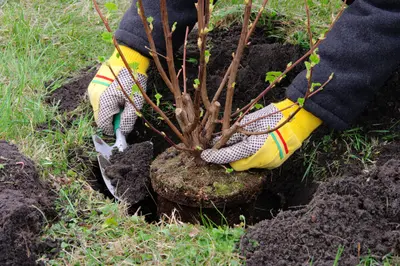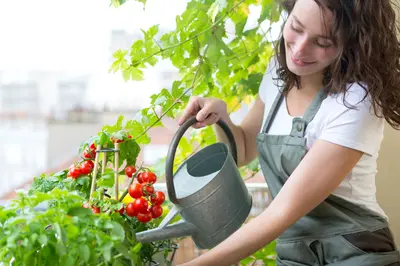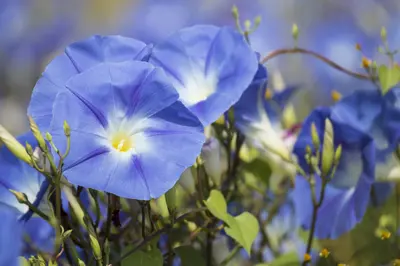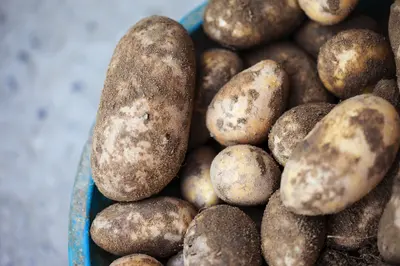Companion planting is the practice of growing plants together to benefit each other, whether by attracting pollinating insects, deterring pests like aphids or slugs, or improving plant health and flavour. Although the jury’s still out on the science behind companion planting, there’s no doubt that it improves biodiversity, and it’s fun to do. Try it for yourself and see what works for you.
 Plants that deter pests
Plants that deter pests
While companion planting isn’t a magic solution to garden pests and diseases, plants with a strong scent do seem to help deter pests that find plants by smell.
- Spring onions, leeks or mint planted near carrots can help throw carrot fly off the scent
- Chives planted under roses help to deter aphids
- The scent of French marigolds can deter whitefly
Sometimes just the physical presence of a plant helps to distract pests. Nasturtiums are often planted as a sacrificial crop, drawing aphids and slugs away from other plants. They’re also good at attracting cabbage white butterflies to lay eggs on them, rather than on brassicas like broccoli and kale.
Helping hands
Sometimes it’s just better to be together, and it’s true for plants as well as people. A good example of this is the classic planting combination of sweetcorn, climbing beans and courgettes. The big courgette leaves shade the roots of the sweetcorn, reducing water loss from the soil and discouraging weeds. The beans use the stems of the corn as supports to climb up, and like all beans, they fix nitrogen into the soil where the other plants can make use of it.
A clump of tall sturdy Jerusalem artichokes makes an excellent windbreak to protect smaller plants, as well as providing shade for crops like lettuce that do best out of the full glare of the sun. (But do dig up Jerusalem artichoke tubers each autumn, otherwise, they can spread and become invasive)
What to plant together
Planting pollinator-friendly flowering plants among your vegetables is one of the easiest ways to improve your crop. The fabulously-named Poached Eggplant (Limnanthes douglasii) attracts bees to pollinate flowers, plus ladybirds and hoverflies to tackle aphids – and it looks gorgeous too. Calendula, lavender, candytuft and coriander are also very popular with pollinators.
Basil is said to improve the flavour of tomatoes, peppers and lettuce when planted nearby, and the scent of the leaves attracts aphids away from other plants. Planting the annual herb summer savory together with green beans is another companion gardening classic – the scent of the summer savory deters blackfly, and the two plants make a great mealtime combination too.
Companion planting is well worth trying, no matter how big or small your garden. And with plenty of advice and plants available at our garden centre, now’s the perfect time to try some combinations of your own!




